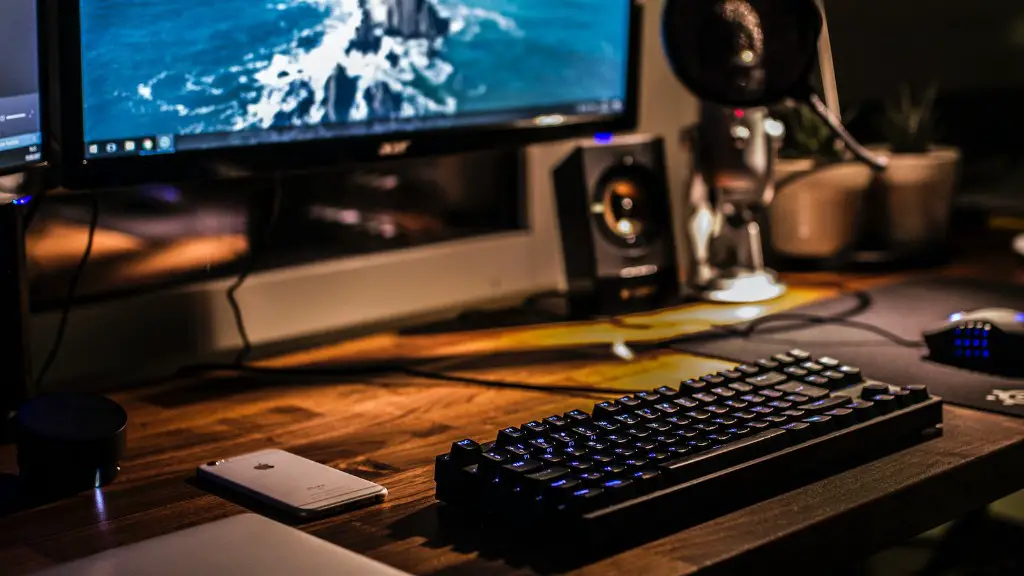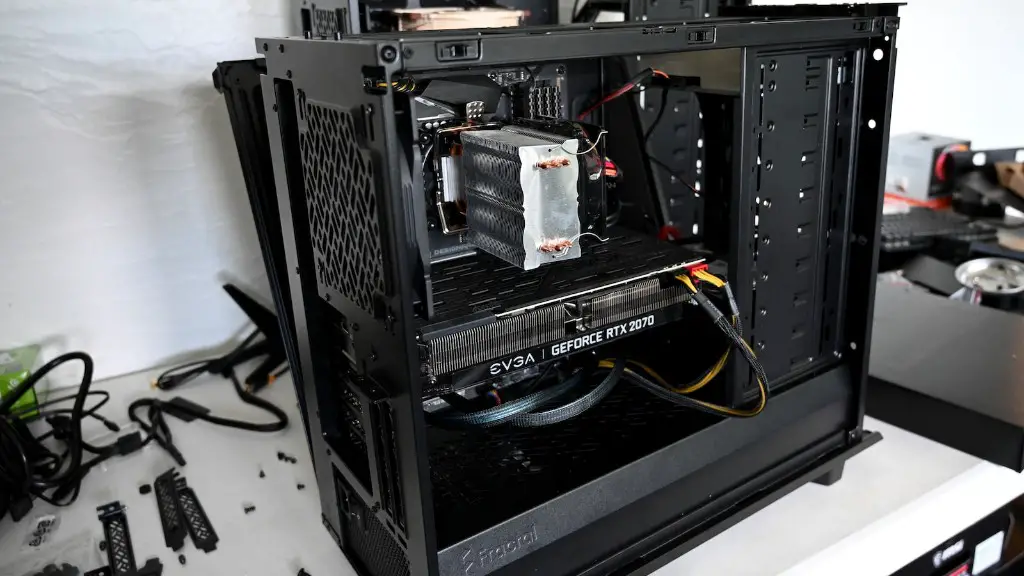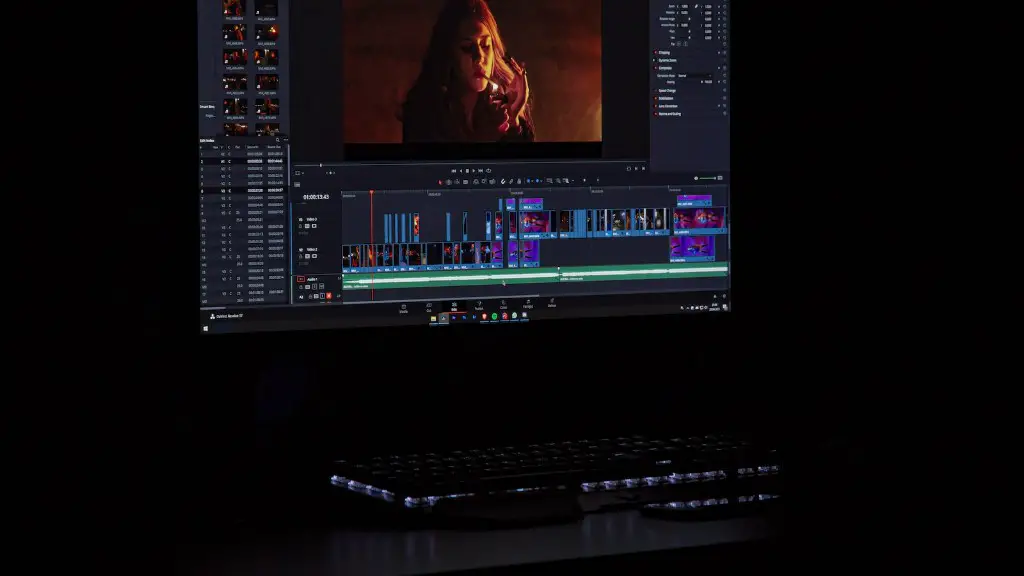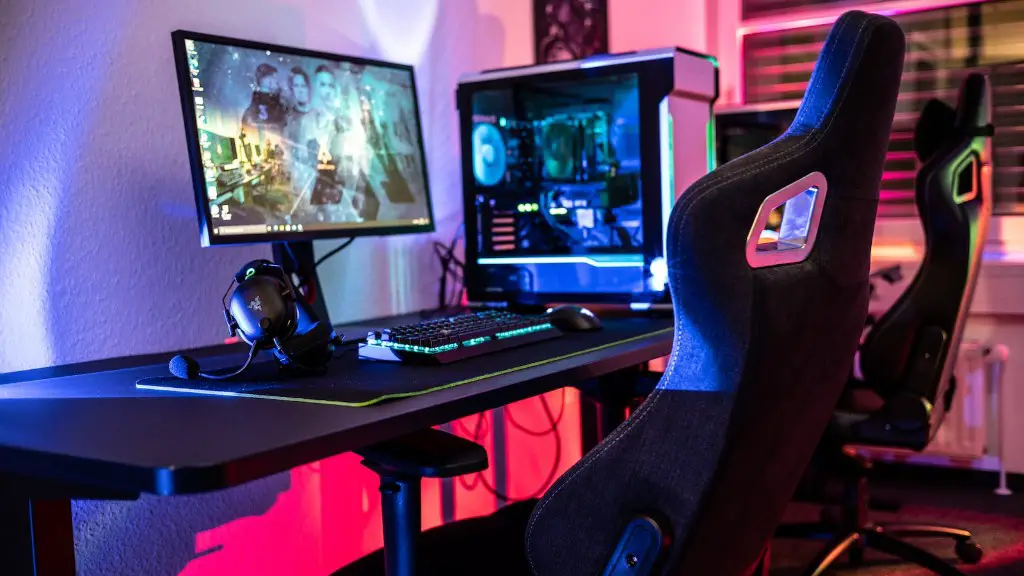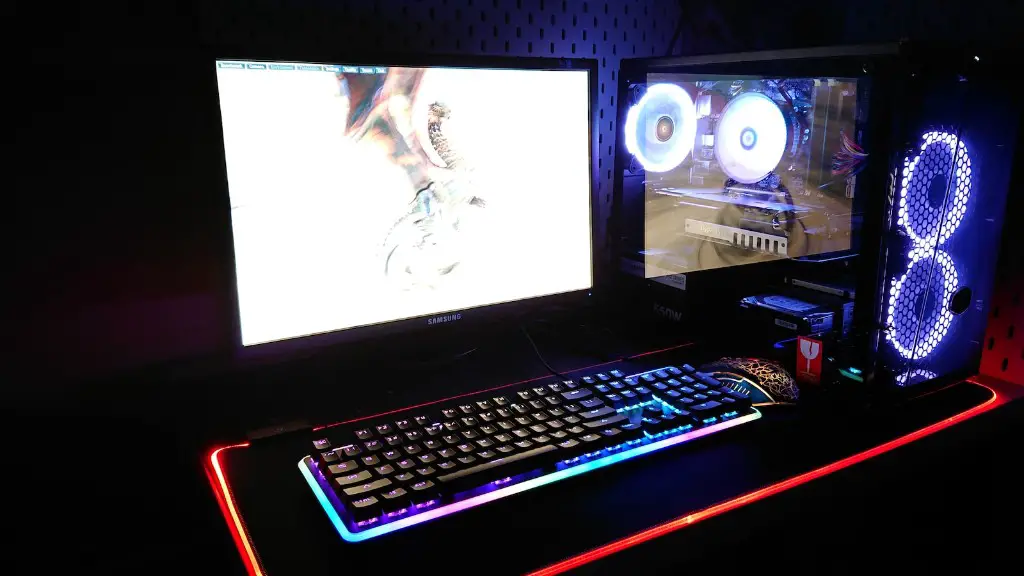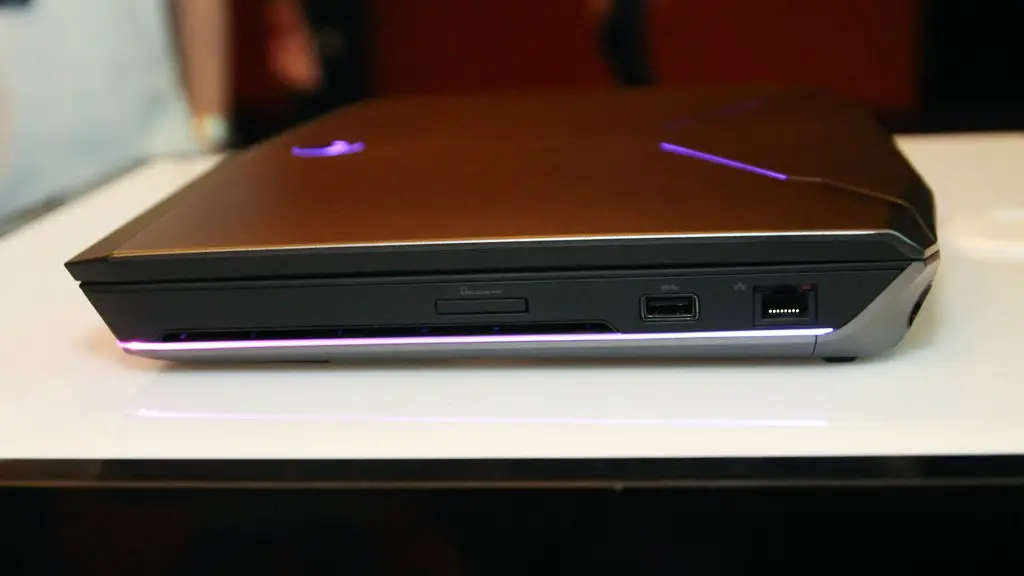Building a gaming computer for under $400 requires a lot of nifty tricks and savvy shopping, but it can be done. In this article we’ll show you how. First up, you’ll need to choose the right components and assembling them correctly is key. Next, you’ll have to pick out compatible parts that all fit the budget. And lastly, you’ll have to find the right deals and discounts to make the build work.
Choosing Components
Choosing the right components for a gaming computer is important. It all depends on your budget and what you plan to do with your computer. GPU’s are normally the most expensive part of the build, but CPU’s are also influential in terms of performance. You won’t find 4K Ultra HD gaming at this price range, but you should be able to handle more than a few games in standard HD resolution.
When choosing a CPU, you’ll want to pick an Intel Core i3-6100 or AMD FX-4300 for light gaming, or an Intel Core i5-6400 or AMD A-10 7850K for more intense gaming at more than 30 frames per second. Keep in mind you may need to do some light overclocking on either chip though to achieve this. You may want to also consider a Ryzen 3 1200 for the extra cost.
Memory-wise, you’ll want to stick with 8GB of DDR4 RAM. While you can get away with 4GB, 8GB is recommended to run more than a few games at once. There’s no need to go over 8GB unless you plan to use intense body modelling software or juggle a large number of tasks while gaming.
If you decide to go down the Nvidia route, the GeForce GTX 950 is a good starting point for FHD gaming. If you plan to game at higher resolutions, you’ll want to upgrade to the GTX 1060 or GTX 1660. For AMD GPU’s, the RX 550 or a RX 570 should get the job done for FHD gaming. If you want to squeeze out the highest resolution, then the RX 590 is probably your best bet.
Other components such as the motherboard, storage, and power supply will need to be chosen carefully too. Make sure they are all compatible with the other components you chose, as the PC won’t boot without the right connections. Also, pay careful attention to the wattage of your power supply. Lower wattage will work, but you won’t be able to upgrade any components in the future.
Finding Deals & Discounts
Finding savings is one of the most important steps in building a gaming computer on a budget. Thankfully, there are many retailers that offer discounts and coupons that can help you save big. To get the best possible deal, you’ll want to shop around. Don’t be afraid to check out sites like eBay and Craigslist either, as some of the best deals can be found through those.
Some retailers offer bundle deals that allow you to get multiple components for one discounted price. If you know what components you need and don’t need any peripherals, these bundle deals can save you a lot of money. You may also be able to find package deals with games or accessories that can save you money too.
It’s important to look for sales and discounts during particular times of the year. Black Friday and Cyber Monday are always good times to shop, as there are normally discounts on items during those times. You can also keep an eye out for any kind of special offers, as companies offer significant discounts to get rid of old inventory.
Finally, some retailers offer cashback or rebates on purchases. These can add up quickly, especially when it comes to multiple components. Read the terms and conditions carefully to make sure you can use them with other offers. Also, make sure you don’t lose any money when applying for a cashback or rebate, as some may require you to spend a set amount before you can get the money back.
Assembling The PC
Once you have all the components and any extras you may need, it’s time to assemble the PC. The first thing you’ll need is a screwdriver, as most components require screws to be connected. You’ll also need some anti-static protection such as a wrist strap to avoid any shorts or other electronic malfunctions.
Next, you’ll want to open up your case and lay out all the components. Make sure to clean out any dust and dirt before you start putting things together, as this can cause unnecessary damage to your components. You’ll then need to start connecting the power supply, GPU and CPU. Make sure you read the instruction manual before doing this, as the steps vary depending on your model of GPU and CPU.
Once those are done, you’ll need to put your RAM into the slots carefully. Make sure to check your motherboard’s instruction manual and follow the instructions here. Now it’s time to connect the power and data cables to each component. Again, refer to the instruction manuals for each component for the correct way to do this, as each component has its own requirements.
After all the cables are in, you’ll need to mount the CPU cooler, if necessary. This step varies greatly depending on the model of processor, so make sure to double check the instruction manual. Once the CPU is secured, it’s time to install the operating system. This can be a long and daunting task, but it’s not as hard as it may seem. Read the instruction manuals on how to install the OS and refer to online tutorials if you’re unsure.
Once the OS is installed, you can start using your PC! You may still have to tweak some settings, depending on the games you want to play, but you can start gaming right away.
Configuring Settings
Now that your PC is all set up, it’s time to configure the settings. This will depend on the games that you want to run and the settings you want to use. Most modern titles will run well on low settings at 1920×1080 resolution, but some games may need settings tweaked for better performance.
If you want to use higher settings, you may need to increase the clock speed of your processor. This requires you to enter your computer’s BIOS, which can be somewhat intimidating for first-timers. However, it’s not as daunting as it may seem. You may want to watch some tutorials or read some reviews to get a better idea of what settings to use for your processor.
You may also want to tweak the video settings in each game. You may be able to get away with using some higher settings, but make sure to keep an eye on the frame rate when doing this. It’s recommended to run the game at its optimal settings, as it will help keep your PC running smoothly. You can also turn on v-sync where available to make sure your game runs smoother.
You may also need to update your drivers to get the best performance out of your PC. Refer to your GPU manufacturer’s website for instructions on how to update the drivers for your card. Doing so will improve gaming performance and fix any driver issues you may be having.
Tweaking Settings
If you’re still having performance issues even after optimizing your settings, there are a few more things you can do. First, you’ll want to check your temperatures by using a tool such as MSI Afterburner or GPU-Z. If your GPU is overheating, you may have to add a few case fans to keep it cool.
You may also want to overclock your processor. This will require you to enter the motherboard’s BIOS and change a few settings. However, you’ll want to be careful when doing this, as overclocking can increase the risk of damaging your CPU. Make sure you read the instruction manual for your CPU and follow the manufacturer’s guidelines when doing this.
Finally, you may want to consider a stronger power supply. A stronger PSU will allow you to upgrade your components if you ever want to, as it will be able to handle the extra wattage. Make sure you purchase one from a reputable brand, as a cheap PSU can easily damage your components.
By following these steps, you should be able to build a gaming PC for under $400 that can handle most modern games. While it may take some time and research to get the right deals and discounts to make the build work, it is possible to build a powerful gaming PC on a budget.
